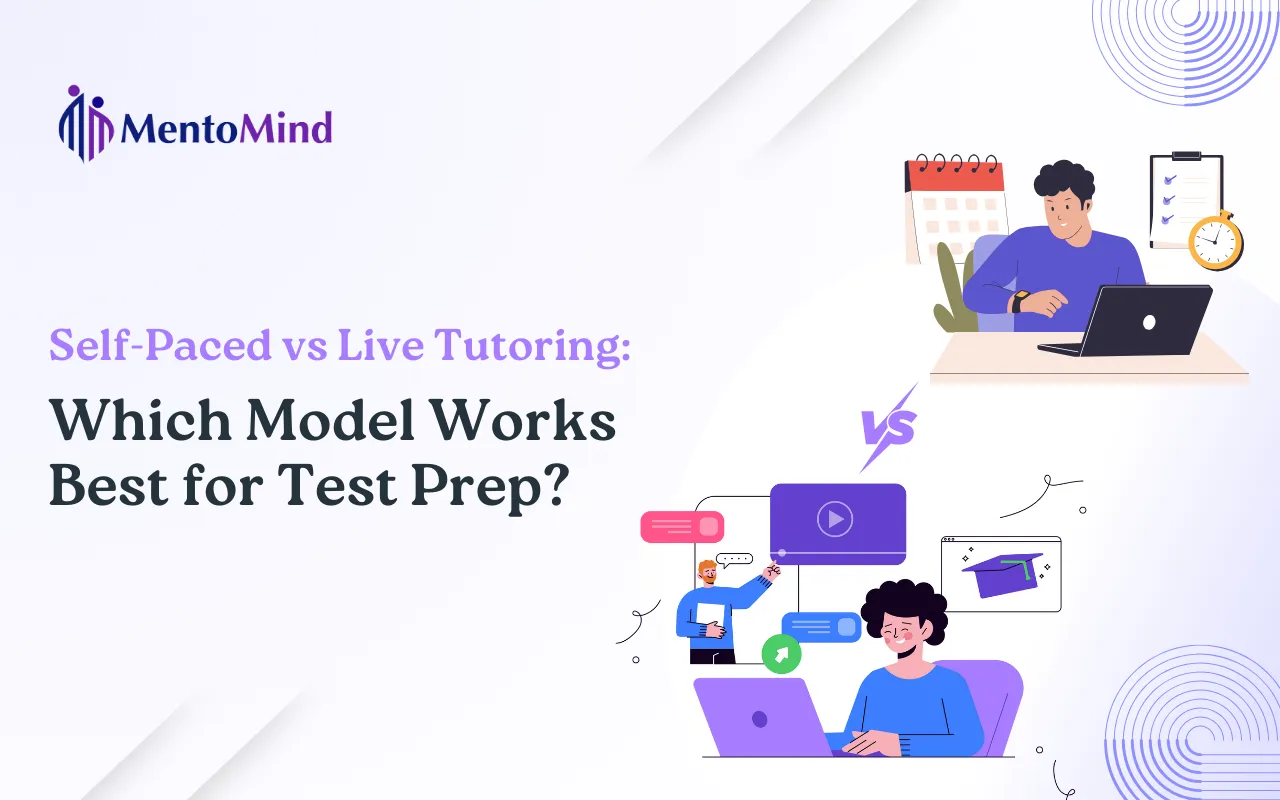If you’ve ever struggled to justify your rates, lost a potential client after quoting your fee, or hesitated to raise prices—you’re not alone. A great SAT tutoring pricing strategy isn’t about lowering your rates. It’s about increasing your perceived value through better framing, packaging, and data-backed justification.
This blog will show you how to create a pricing model that parents accept, students appreciate, and your business profits from.
1. Anchor Your Pricing in Measurable Results
Business Benefit: Makes pricing reasonable and competitive
Parents don’t pay for “sessions”—they pay for score improvements and college admission success.
Position your price like this:
“Over 80% of my students improve 150+ points in 6 weeks — here’s a sample score report from a recent class.”
Use progress data:
- Pre- vs post- mock test comparisons
- Topic-by-topic improvement charts
- Score predictions based on historical trends
When you anchor your price to results, you eliminate rate objections.
2. Offer Value-Packed Packages, Not Hourly Rates
Business Benefit: Increases revenue per client and improves retention
Hourly rates commoditize your service. Instead, create structured packages that highlight deliverables:
- 4-week score boosting bootcamp
- 12-week SAT mastery program
- 6-month college readiness journey
Include high-value add-ons:
- Performance analytics
- Customized study plans
- Parent summary reports
- WhatsApp support access
Clients don’t compare packages the same way they compare hourly rates—they evaluate outcomes.
3. Justify Premium Pricing with Transparency
Business Benefit: Increases trust and closes more premium deals
Clients often resist price increases due to a lack of visibility. Solve this with transparency:
- Share weekly learning analytics
- Provide session summaries
- Show actual time invested outside sessions (feedback, planning, tracking)
Use Clockify to track all the hours you spend per student. Share a simple weekly “time investment log” to help parents see the full value.
4. Use Tiered Pricing Psychology to Encourage Upgrades
Business Benefit: Helps clients self-select into higher-value tiers
Pricing isn’t just about logic—it’s about psychology.
Use principles like:
- Decoy pricing: Add a low-value, low-price option that makes your standard plan look like a bargain
- Anchoring: Show a high-end “Done-for-you Premium” plan, even if few buy it
- Scarcity: Limit premium plan seats to 5/month
These tactics improve perceived value and guide buyer behavior.
Read the full psychology breakdown in this tiered pricing guide from HubSpot.
Or use Pricing Table Generator to design clean visual matrices you can send to parents.
5. Review & Adjust Pricing Quarterly
Business Benefit: Keeps your pricing aligned with market shifts and demand
You don’t need to underprice forever. As you gain:
- More testimonials
- Better average score improvements
- Stronger brand positioning
…you can and should increase your rates.
Set a quarterly review checklist:
- Revenue per hour
- Package renewal rates
- Time spent vs earnings
Let the data guide your pricing confidence.
Airtable – to track revenue per package/student
Notion Weekly Planner – for quarterly check-ins
Conclusion
SAT tutoring isn’t a price war—it’s a value war. By anchoring pricing in student outcomes, offering feature-rich packages, and transparently communicating your value, you make pricing a non-issue. Implement these strategies, and watch your tutoring business thrive with confident pricing and satisfied families.
Ready to Transform Your Tutoring Business?
Stop underpricing your expertise. Click here to explore MentoMind’s platform and see how it can help you build and manage premium tutoring packages that parents will pay for!
Suggested Reading from MentoMind:
Boost Your Tutoring Bookings: Essential Marketing Strategies:“5 Proven Strategies SAT Prep Tutors Can Use To Attract More Students“.



